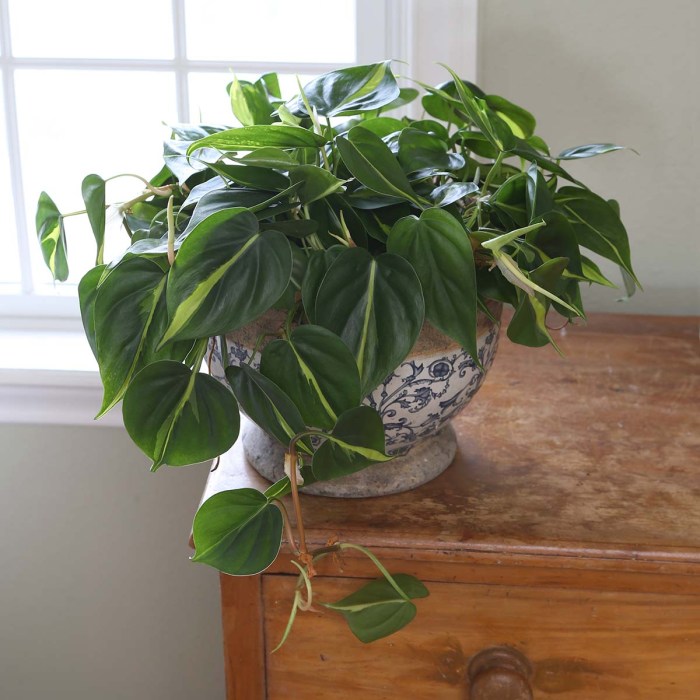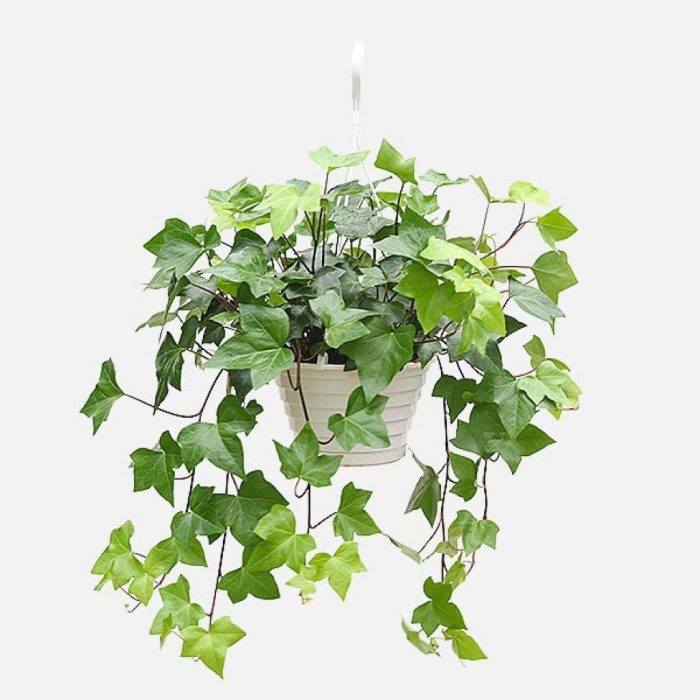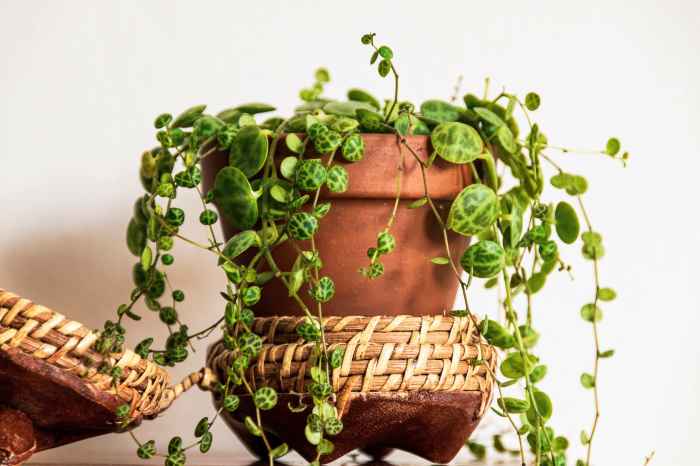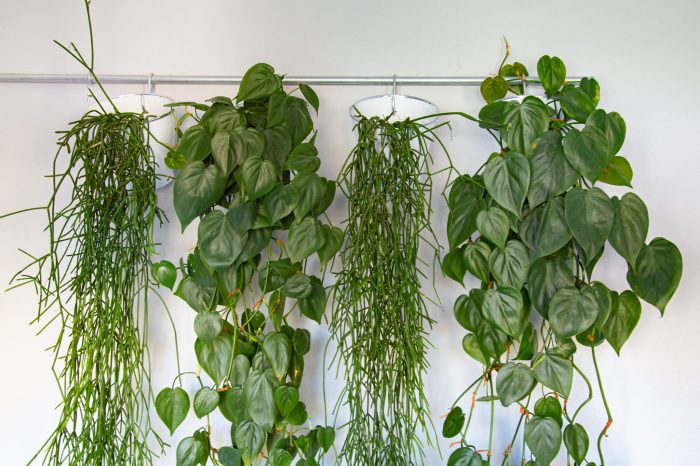Discover the world of best indoor trailing plants, where beauty and functionality intertwine. From their captivating visual qualities to their air-purifying abilities, these plants offer a plethora of benefits that will transform your indoor space into a sanctuary of well-being and style.
As you delve into this comprehensive guide, you’ll uncover the secrets to caring for your trailing plants, ensuring their vibrant growth and aesthetic appeal. With expert tips on propagation, maintenance, and unique varieties, you’ll be empowered to create a thriving indoor oasis that will bring joy and tranquility to your daily life.
Plant Care Considerations
To ensure optimal growth and longevity of indoor trailing plants, it is crucial to understand their specific care requirements. Different species thrive under varying conditions of light, water, and temperature. Additionally, factors like pot size, soil type, and humidity play a significant role in their health and vitality.
The following table provides a comprehensive overview of the care requirements for some common indoor trailing plants:
| Plant | Light | Water | Temperature |
|---|---|---|---|
| Pothos | Bright, indirect light | Water when soil is slightly dry | 65-80°F (18-27°C) |
| Spider Plant | Bright, indirect light | Water when soil is dry to the touch | 65-75°F (18-24°C) |
| English Ivy | Bright, indirect light to full shade | Water when soil is slightly moist | 60-75°F (16-24°C) |
| Philodendron | Bright, indirect light | Water when top 2-3 inches of soil are dry | 65-80°F (18-27°C) |
| String of Pearls | Bright, indirect light | Water sparingly, allowing soil to dry out completely between waterings | 65-80°F (18-27°C) |
Pot Size and Soil Type:The size of the pot should be proportionate to the root system of the plant. Overcrowding the roots can lead to stunted growth or root rot. Use a well-draining potting mix specifically designed for indoor plants, as this will provide the necessary aeration and moisture retention.
Humidity:Many trailing plants thrive in humid environments. If the air in your home is particularly dry, you can increase humidity levels by misting the plants regularly, using a humidifier, or placing them on a tray filled with pebbles and water.
Aesthetic Appeal and Uses

Trailing plants, with their cascading foliage and vibrant hues, have emerged as versatile and captivating additions to indoor spaces. Their ability to enhance ambiance and complement various room styles makes them ideal for creating stunning visual displays.
Trailing plants offer a diverse array of textures, colors, and shapes, creating a captivating visual spectacle. Their graceful foliage cascades over shelves, windowsills, and hanging planters, adding a touch of elegance and movement to any room.
Enhancing Interior Design
Trailing plants can seamlessly integrate into any interior design scheme, adding a touch of greenery and life to modern, traditional, and bohemian spaces alike. Their ability to soften sharp edges, conceal imperfections, and create a sense of tranquility makes them perfect for any room.
- Modern:Trailing plants with sleek, variegated leaves, such as the Golden Pothos or String of Hearts, complement modern interiors with their clean lines and minimalist aesthetic.
- Traditional:Lush, cascading plants like the Spider Plant or Peperomia add a touch of Victorian charm to traditional spaces, evoking a sense of nostalgia and grandeur.
- Bohemian:Trailing plants with intricate foliage and vibrant colors, such as the String of Pearls or Purple Heart, create a bohemian atmosphere with their eclectic and whimsical appeal.
Health Benefits and Air Purification: Best Indoor Trailing Plant

Trailing plants are not just visually appealing but also beneficial for our health. They possess air-purifying properties, removing harmful toxins from the air we breathe. Certain species, such as the spider plant and peace lily, are particularly effective in eliminating volatile organic compounds (VOCs), including benzene, formaldehyde, and trichloroethylene.
The best indoor trailing plant can add a touch of greenery to any room, and they’re perfect for those who don’t have a lot of space. If you’re looking for a hanging plant that will thrive in shady conditions, check out our guide to the best hanging plants for shade indoors . These plants are all easy to care for and will add a touch of beauty to your home.
Stress Reduction and Mood Enhancement
Studies have shown that interacting with plants, including trailing plants, can reduce stress levels and improve mood. The presence of greenery in our living spaces has a calming effect, reducing anxiety and promoting relaxation. Furthermore, the act of caring for plants can provide a sense of purpose and fulfillment, contributing to overall well-being.
Propagation and Maintenance

Propagating and maintaining trailing plants ensures their continued health and aesthetic appeal. By following best practices, you can enjoy these plants for years to come.
Propagation methods include cuttings, division, or layering. Cuttings involve taking a stem or leaf from a healthy plant and rooting it in soil or water. Division involves separating an established plant into smaller sections, each with its own root system.
Layering involves bending a stem to the ground and covering it with soil, allowing it to develop roots before severing it from the parent plant.
Pruning
Regular pruning encourages bushier growth and prevents plants from becoming leggy. Remove dead or damaged leaves and stems, and trim back overly long shoots to maintain the desired shape and size.
Best indoor trailing plants are a great way to add some greenery to your home. They can be hung from the ceiling, placed on a shelf, or even used as a table centerpiece. If you’re looking for a more dramatic effect, you can also check out the best hanging plants for home . These plants will add a touch of elegance to any room, and they’re perfect for those who don’t have a lot of space.
Best indoor trailing plants are also a great way to improve air quality, and they can even help to reduce stress.
Repotting, Best indoor trailing plant
Repot trailing plants when they become rootbound, typically every 2-3 years. Choose a pot that is slightly larger than the previous one and provides adequate drainage.
Fertilizing
Fertilize trailing plants monthly during the growing season with a balanced liquid fertilizer. Avoid over-fertilizing, as it can damage the plant.
Unique and Rare Varieties

For those seeking to add a touch of the extraordinary to their indoor trailing plant collection, there exists a realm of unusual and hard-to-find varieties that offer distinctive foliage, growth habits, or flowering characteristics. These unique plants require special care and attention to thrive, but their allure and rarity make them highly sought after among plant enthusiasts.
Indoor trailing plants bring a touch of nature into your home, adding life and color to any space. For those with limited natural light, consider opting for best indoor hanging plant for low light . These plants thrive in low-light conditions, making them ideal for dimly lit areas.
When choosing indoor trailing plants, consider their growth habits, light requirements, and overall aesthetic appeal to complement your home décor.
Their rarity often stems from their limited availability, challenging propagation methods, or specific environmental requirements. Some may require specialized growing conditions, such as high humidity or filtered light, while others may be prone to pests or diseases that demand meticulous care.
String of Bananas (Senecio radicans)
This trailing succulent features plump, banana-shaped leaves that cascade gracefully from hanging baskets or pots. Its unusual appearance makes it a conversation starter, but it requires well-draining soil and bright, indirect light to thrive.
Variegated String of Hearts (Ceropegia woodii ‘Variegata’)
A variegated version of the popular String of Hearts, this plant exhibits heart-shaped leaves with creamy white margins. It prefers bright, indirect light and can tolerate occasional drought. However, overwatering should be avoided to prevent root rot.
Fishbone Cactus (Epiphyllum anguliger)
Also known as the Zigzag Cactus, this epiphytic cactus boasts flat, zigzag-shaped stems that cascade downwards. It requires bright, indirect light and prefers to be mounted on a piece of wood or cork for support. Watering should be infrequent, allowing the soil to dry out completely between waterings.
Final Thoughts

Embark on a journey into the realm of best indoor trailing plants, where nature’s beauty meets the comfort of your home. Whether you seek to enhance your interior design, purify the air you breathe, or simply connect with the natural world, these remarkable plants offer a myriad of possibilities.
Embrace the transformative power of greenery and create a living space that reflects your unique style and fosters a sense of well-being.
Q&A
What are the easiest best indoor trailing plants to care for?
Pothos, philodendron, and spider plants are known for their hardiness and low-maintenance nature.
How often should I water my best indoor trailing plant?
Water your plant when the top inch of soil feels dry to the touch.
Can best indoor trailing plants help improve air quality?
Yes, certain trailing plants, such as spider plants and peace lilies, have been shown to remove toxins from the air.